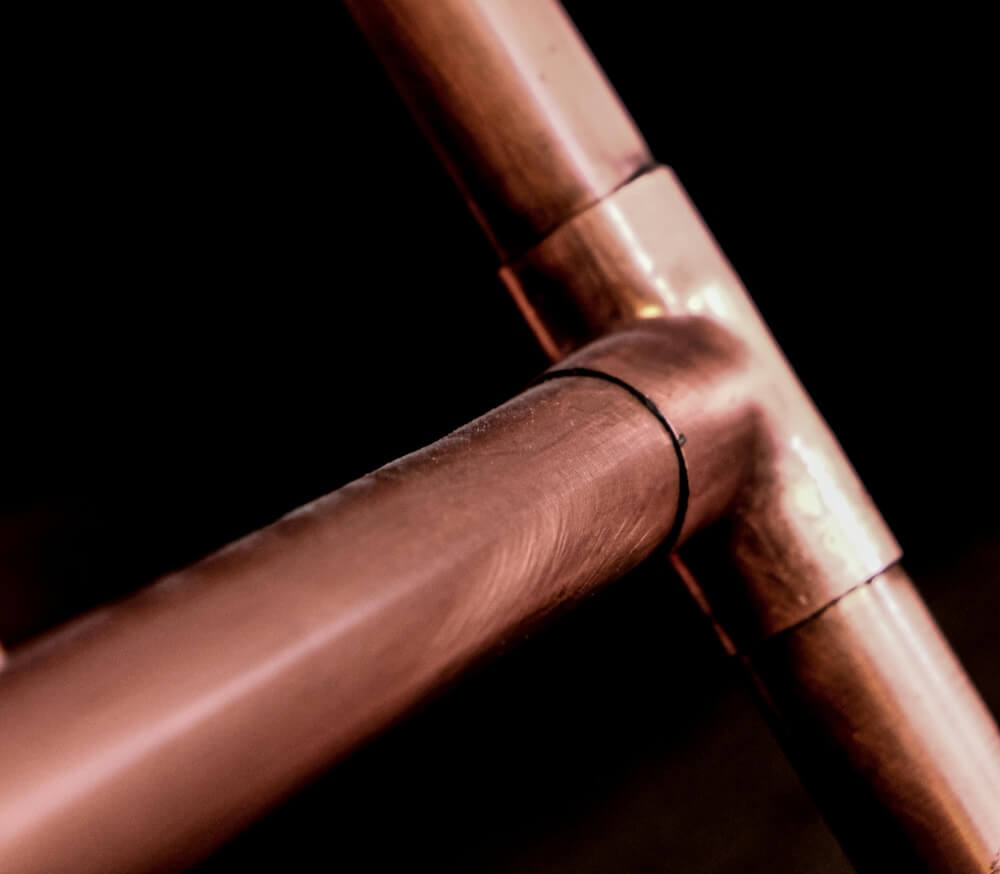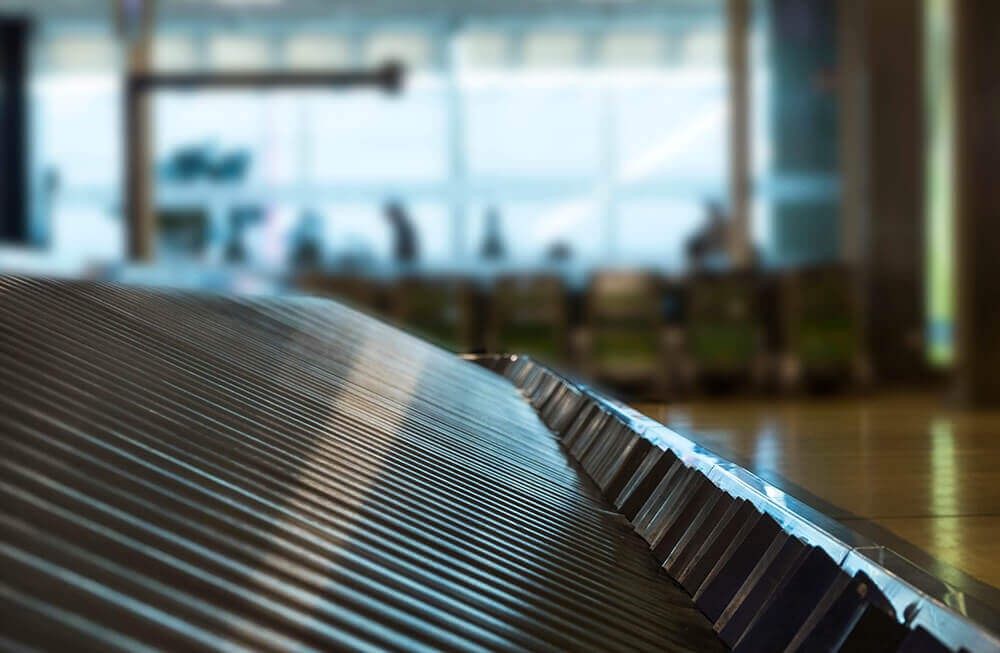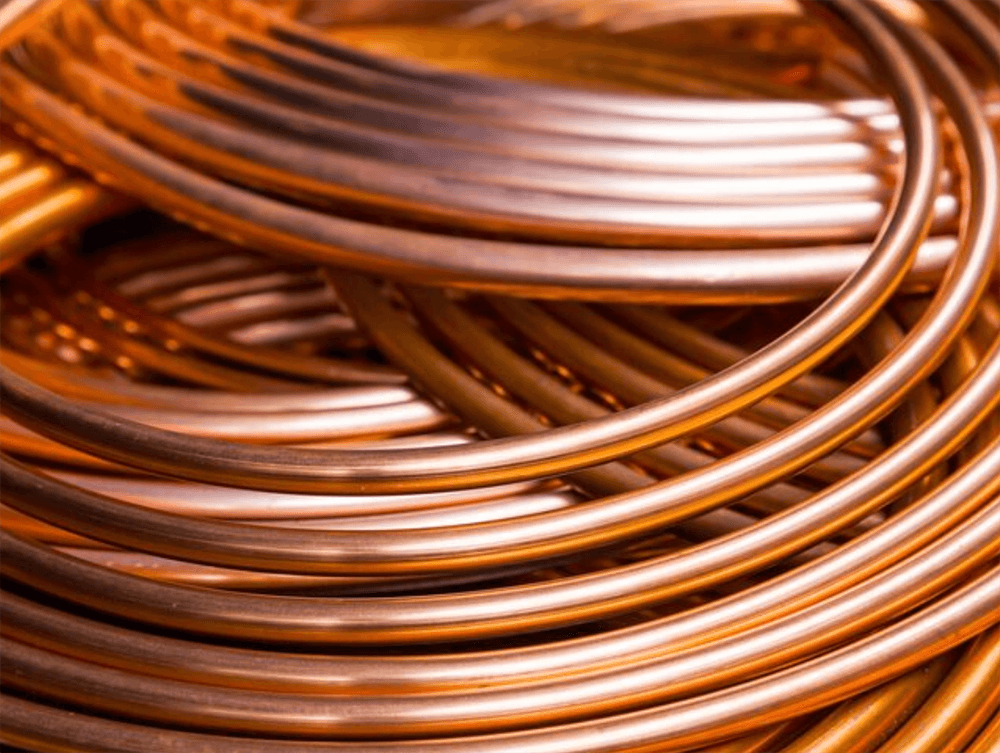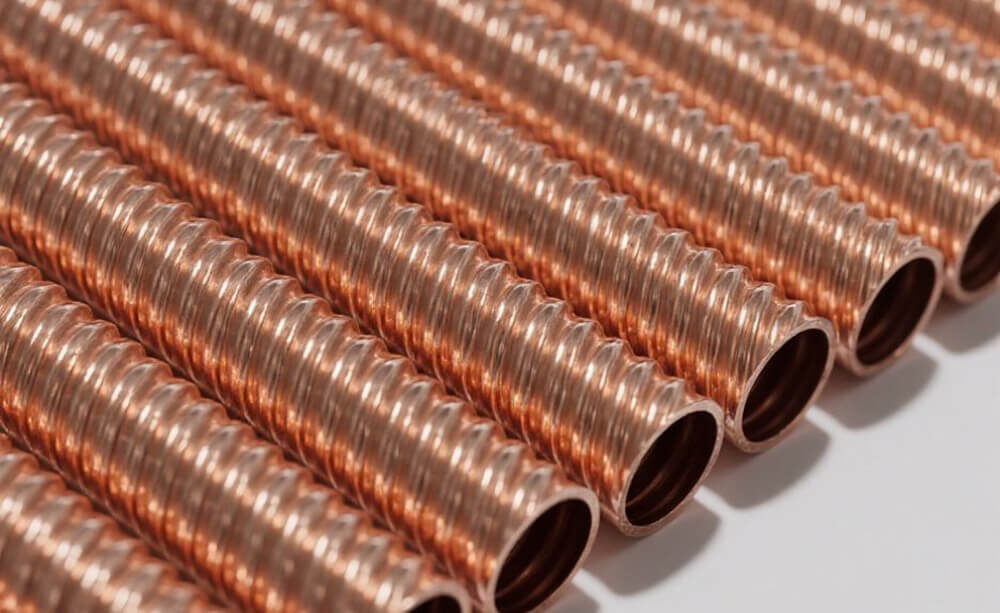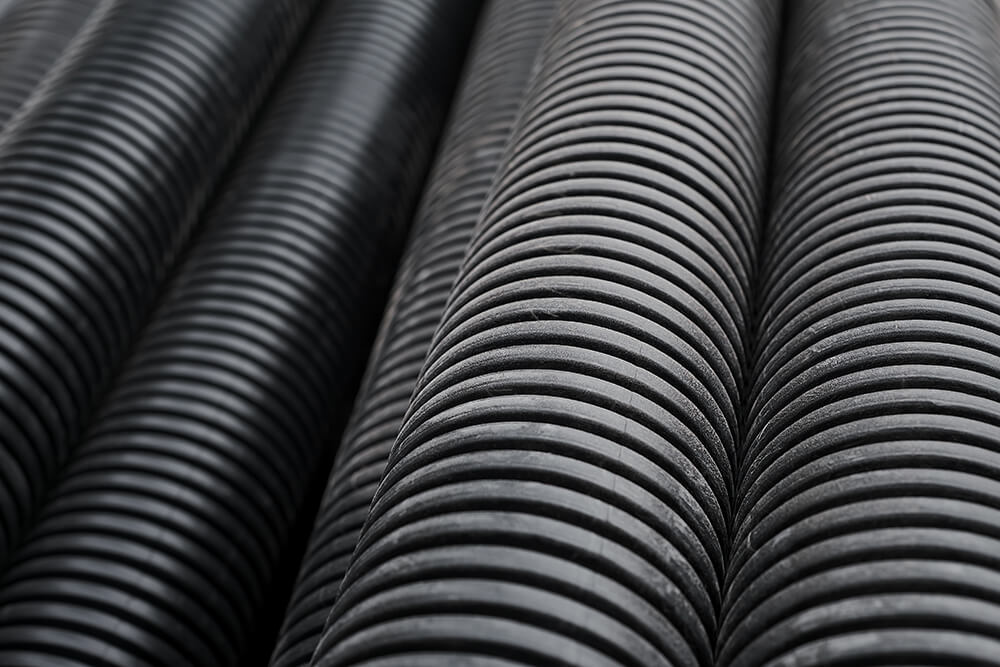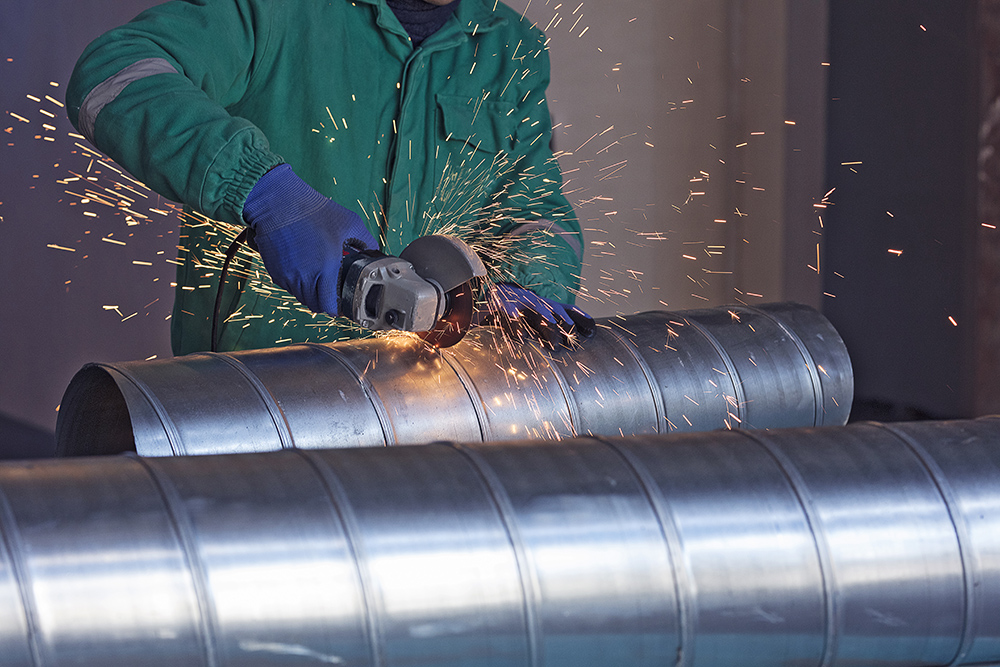Copper tubing is a trusted material for underground installations due to its durability, corrosion resistance, and reliability in harsh environments. However, not all types of copper tubing are suitable for underground use. Choosing the right type is critical to ensuring the longevity and performance of your system. This article explains which type of copper tubing can be used underground, why it is suitable, and what factors to consider when planning your installation.
Type K copper tubing is the best option for underground use due to its thick walls, superior durability, and resistance to external pressures and corrosion. Its robust construction ensures reliable performance in buried environments.
What Makes Copper Tubing Ideal for Underground Use?
Copper tubing is widely used in underground applications for several reasons:
- Corrosion Resistance: Copper resists corrosion from soil and moisture, making it a durable option for buried systems.
- Longevity: With proper installation, copper tubing can last decades underground.
- Strength: The material is strong enough to withstand soil pressure and mechanical stress.
- Non-Toxicity: Copper is safe for potable water systems and complies with health standards.
However, the specific type of copper tubing chosen greatly impacts its suitability for underground use.
The Best Type of Copper Tubing for Underground Use: Type K
Key Features of Type K Copper Tubing
- Thick Walls
Type K copper tubing has the thickest walls among all standard copper tubing types. This provides superior durability and pressure resistance, making it ideal for the challenging conditions of underground installations. - Durability
The thick walls of Type K tubing protect against external damage from soil movement, impact, and mechanical forces. - Corrosion Resistance
Type K’s robust design and copper’s natural corrosion resistance make it suitable for use in diverse soil conditions, including those with varying pH levels. - Flexibility
Type K is available in both rigid and flexible forms. Flexible Type K is particularly advantageous for underground installations, as it can be bent to navigate around obstacles without requiring additional fittings. - Applications
- Water Distribution: Used to connect main water lines to residential or commercial buildings.
- Municipal Systems: Commonly employed in municipal water supply networks.
- Gas Lines: Approved for certain underground gas distribution systems.
- Code Compliance
Type K copper tubing meets or exceeds most local building codes for underground water and gas lines, ensuring compliance and safety.
Can Other Types of Copper Tubing Be Used Underground?
- Type L Copper Tubing
- Wall Thickness: Thinner than Type K but still durable enough for some underground applications.
- Applications: In regions with mild soil conditions, Type L is sometimes used for underground water lines. However, it is not as robust as Type K and is generally recommended for above-ground installations.
- Considerations: Type L should only be used underground if explicitly allowed by local codes and if the soil conditions are favorable.
- Type M Copper Tubing
- Wall Thickness: The thinnest among standard copper tubing types, making it unsuitable for underground use.
- Applications: Type M is not recommended for burial due to its inability to withstand soil pressure and potential for damage.
- ACR Copper Tubing
- Specialized Use: Designed for refrigeration and air conditioning systems, ACR tubing is not intended for underground use.
Factors to Consider When Installing Copper Tubing Underground
- Soil Conditions
- Test the soil for corrosive properties, such as high acidity or alkalinity. In highly corrosive soils, additional protective measures, like coatings or sleeves, may be necessary.
- Protective Measures
- Sleeves: Encasing the copper tubing in a polyethylene sleeve can provide an extra layer of protection against soil abrasions.
- Backfill Material: Use sand or fine soil as backfill to minimize sharp objects that could damage the tubing.
- Compliance with Local Codes
- Always check local building codes to ensure the selected copper tubing type meets requirements for underground use.
- Connections and Joints
- Use compression or flared fittings for flexible Type K tubing, as they minimize the risk of leaks. Soldered joints may not be suitable for underground environments due to the difficulty of maintaining them over time.
- Depth of Burial
- Ensure the tubing is buried at the recommended depth to avoid damage from frost, soil movement, or surface activity.
Alternatives to Copper Tubing for Underground Use
While copper tubing is a reliable option, some projects may require alternative materials due to cost or specific conditions:
- PEX Tubing: Flexible and corrosion-resistant, PEX is a cost-effective option for water lines but lacks copper’s longevity.
- PVC or CPVC: Suitable for some underground applications but not as durable or reliable as copper.
Unique Insights: Why Type K Is the Industry Standard
Type K’s combination of strength, flexibility, and corrosion resistance makes it the gold standard for underground installations. Its ability to withstand soil movement and mechanical stress ensures long-term reliability, reducing the need for costly repairs or replacements. While Type L may suffice in some cases, Type K provides peace of mind in all soil conditions and is particularly important for critical systems like municipal water lines.
Maintenance Tips for Underground Copper Tubing
- Monitor for Leaks
- Conduct periodic checks for pressure drops or water seepage in the system.
- Protect Against Tree Roots
- Avoid installing tubing near trees to minimize the risk of damage from root intrusion.
- Use Tracer Wire
- Install tracer wire alongside the tubing for easier location during maintenance or repairs.
Final Thoughts
When it comes to underground installations, Type K copper tubing stands out as the most reliable choice, thanks to its thick walls, durability, and ability to withstand harsh conditions. Its flexibility, corrosion resistance, and compliance with building codes make it the go-to option for water lines, gas systems, and municipal networks.
For underground use, Type K copper tubing ensures long-lasting performance, reducing maintenance costs and providing unmatched durability. While Type L may work in certain scenarios, investing in Type K is the safest and most dependable choice for buried systems.
By selecting the appropriate type of copper tubing and following best practices for installation, you can create a robust underground system that will serve your needs for decades to come.

